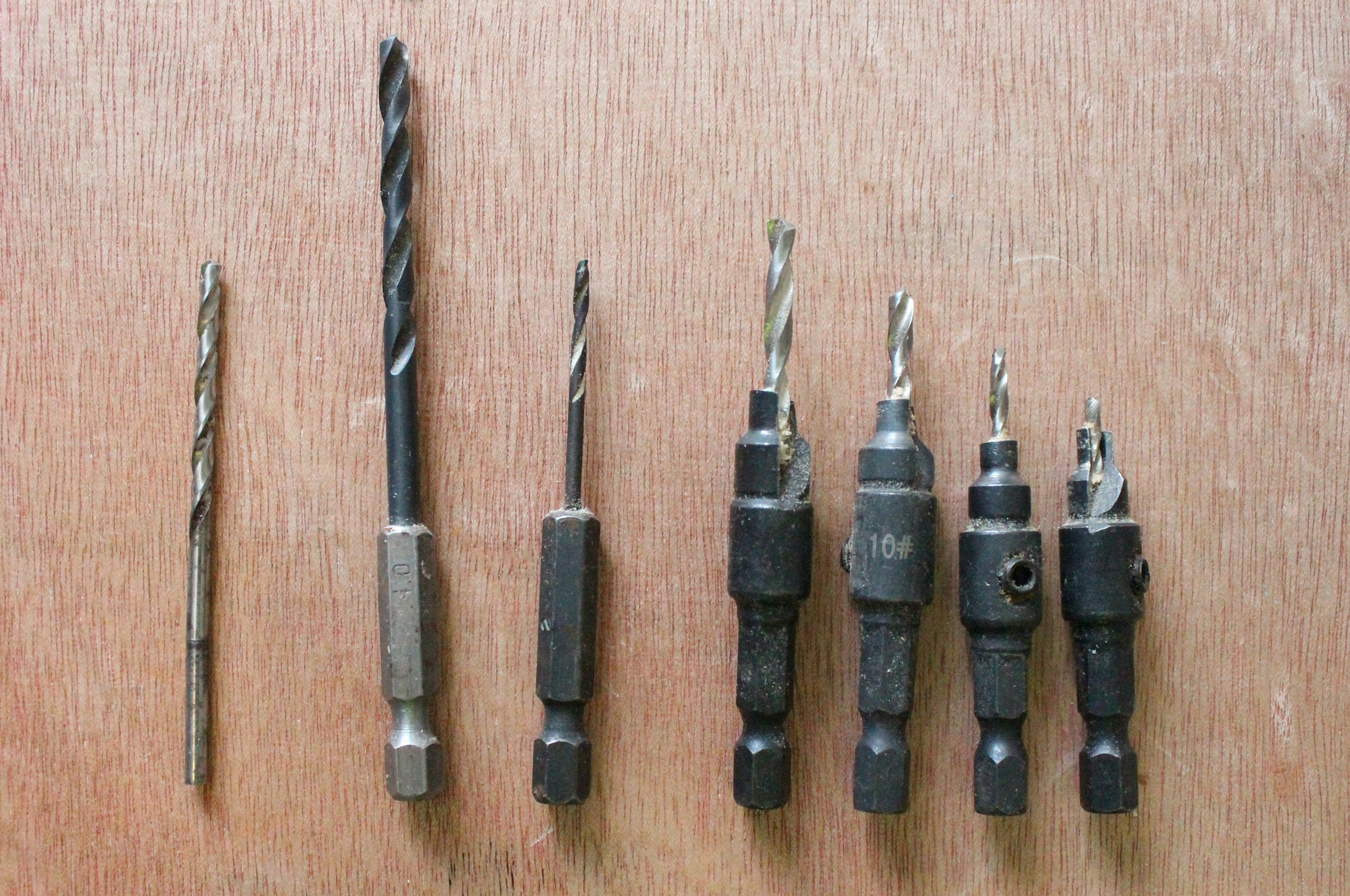
Understanding the True Cost of Cheap Paint
Choosing inexpensive paint may initially seem like a cost-effective option, but it often leads to numerous financial consequences that can outweigh the initial savings. While the allure of lower prices is tempting for many homeowners and contractors alike, it is vital to consider the long-term implications associated with cheap paint brands. One of the most significant issues with bargain paints is their durability. Often, these paints lack the resilience of higher-quality options, resulting in premature wear and the necessity for frequent repaints.
Frequent repaints are not merely an inconvenience; they impose a considerable financial burden. The cumulative costs of labor and materials can quickly escalate, transforming a modest initial investment into a substantial long-term expenditure. Beyond the mere selection of paint, cheaper options may also require additional materials, such as primers or sealants, to achieve an acceptable finish. These extra expenses can further diminish any perceived savings from the initial paint purchase.
Additionally, the aesthetic quality of cheap paint is often inferior when compared to premium brands. A low-quality finish can detract from a project’s overall appearance, possibly leading to reduced property value. In contrast, investing in high-quality paint helps ensure a flawless application and longevity, significantly contributing to the project’s success. The enhanced longevity and durability of superior paint lead to less wear and tear, along with minimal touch-ups over time.
Ultimately, when budgeting for a painting project, it is crucial to balance upfront costs against potential long-term outcomes. Opting for more expensive but durable paint translates to a more prudent investment, as it decreases the likelihood of recurrent expenditures associated with subpar products. Wise choices made at the outset of a project can create a remarkable difference in both the quality of the work and financial viability.
The Quality Difference: What You Lose with Bargain Brands
When it comes to painting projects, the distinction between bargain paint and high-quality options is significant. Professionals across Indianapolis have consistently observed that opting for cheap paint often leads to compromises in various critical aspects of the final result. One of the most notable differences is coverage. Premium paints typically provide superior coverage, necessitating fewer coats to achieve the desired finish, which ultimately saves time and resources. In contrast, bargain brands may require multiple applications, which can inflate costs and extend project timelines.
Color retention is another area where high-quality paints excel. Professional painters frequently report that premium paints retain their vibrancy much longer than their cheaper counterparts. This trait is particularly crucial for exterior applications where exposure to sunlight and environmental elements can lead to fading. Therefore, while homeowners may initially save money by choosing bargain brands, they may soon confront the need for repainting due to color loss, leading to increased costs over time.
Washability is also a significant factor. Clients often desire surfaces that can withstand regular cleaning without degrading. High-quality paints are typically formulated with better durability, ensuring that walls remain pristine despite frequent washing. This is especially important in spaces like kitchens and bathrooms, where scuffs and stains are more prevalent. Cheap paints may not withstand the rigors of cleaning, resulting in damaged finishes that detract from the overall appearance.
Furthermore, the drying time of higher-end paints generally allows for quicker project turnarounds. Professionals appreciate paints that dry swiftly, permitting the application of subsequent coats without prolonged waiting periods. Ultimately, the investment in premium paint not only enhances the aesthetics of a project but also promotes longevity and overall satisfaction for both contractors and clients alike.
Health and Safety Concerns of Using Low-Quality Paint
When considering the use of low-quality paint, it is crucial to understand the inherent health and safety risks associated with these products. Cheap paints often contain harmful chemicals that can adversely affect indoor air quality and the overall well-being of residents. Many bargain brands include high levels of volatile organic compounds (VOCs), which are substances that evaporate at room temperature and can lead to a range of health problems, including headaches, dizziness, and respiratory issues.
Research indicates that VOCs can remain airborne for an extended period, posing ongoing risks to individuals, especially in poorly ventilated spaces. The exposure to these substances is particularly concerning for vulnerable populations such as children, the elderly, and those with pre-existing health conditions. Moreover, prolonged exposure to these harmful chemicals can contribute to the development of more severe health issues, including chronic respiratory diseases and potential long-term neurological effects.
Professional painters are acutely aware of these risks and prioritize the selection of high-quality, low-VOC or VOC-free paints whenever possible. Their understanding of safety practices extends beyond mere aesthetic considerations; it encompasses the obligation to preserve a healthy living environment. For instance, reputable paint brands often undergo rigorous testing and adhere to strict environmental standards, thereby mitigating risks associated with harmful substances.
In addition to ensuring the selection of safer products, professional painters implement best practices for application and ventilation, further enhancing health outcomes. They encourage proper surface preparation, air circulation during and after painting, and the use of protective equipment to safeguard both themselves and the inhabitants of the space being painted. Choosing high-quality paint is not merely a matter of durability and finish; it is also a critical decision impacting the health and safety of those within the home or office.
Why Professionals Choose Quality: Real Experiences from Indianapolis
In the competitive landscape of painting in Indianapolis, professional painters have witnessed the profound impact of quality paint on their projects. A common sentiment shared among these experienced professionals is that opting for bargain brand paints often leads to complications that compromise the integrity of their work. One seasoned painter recounted a job where he initially chose a low-cost paint for a residential exterior. The paint not only faded prematurely but also required multiple touch-ups, leading to an unsatisfactory finish. As a direct result, he experienced several callbacks from the homeowner, which detracted from his reputation and profit margins.
Another professional remarked on how investing in high-quality paints can streamline the application process. He recalled using a premium brand during a large commercial project in downtown Indianapolis. The paint’s superior coverage meant fewer coats were necessary, enabling him to complete the project on time and within budget. This efficiency not only pleased the clients but also allowed him to take on more work, enhancing his overall business growth. The painter emphasized that quality paints often contain better binding agents and pigments, translating to a more vibrant and durable finish.
<pmoreover, a=”” among=”” an=”” and=”” appreciation=”” aspect=”” avoiding=”” bargain=”” brands,=”” building=”” business.=”” by=”” choice=”” city.
If you’re interested in purchasing the item you seek, please click the link for additional details: #americanachoice.
https://amzn.to/3SBN3Oy
AFFILIATE DISCLOSURE: I am an affiliate for this company, I am not a paid employee.
I may receive a commission if you click a link on this page and choose to purchase something.
You can rest assured I will only share things I believe in and will be valuable to you.


